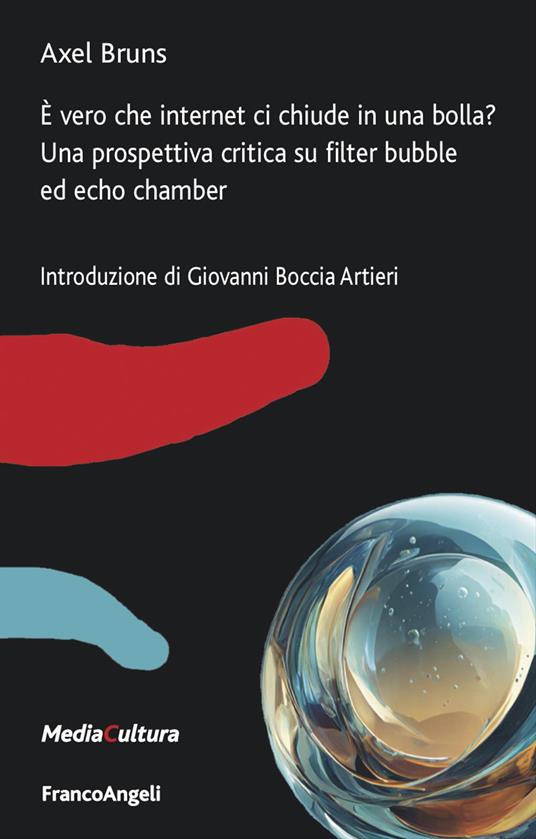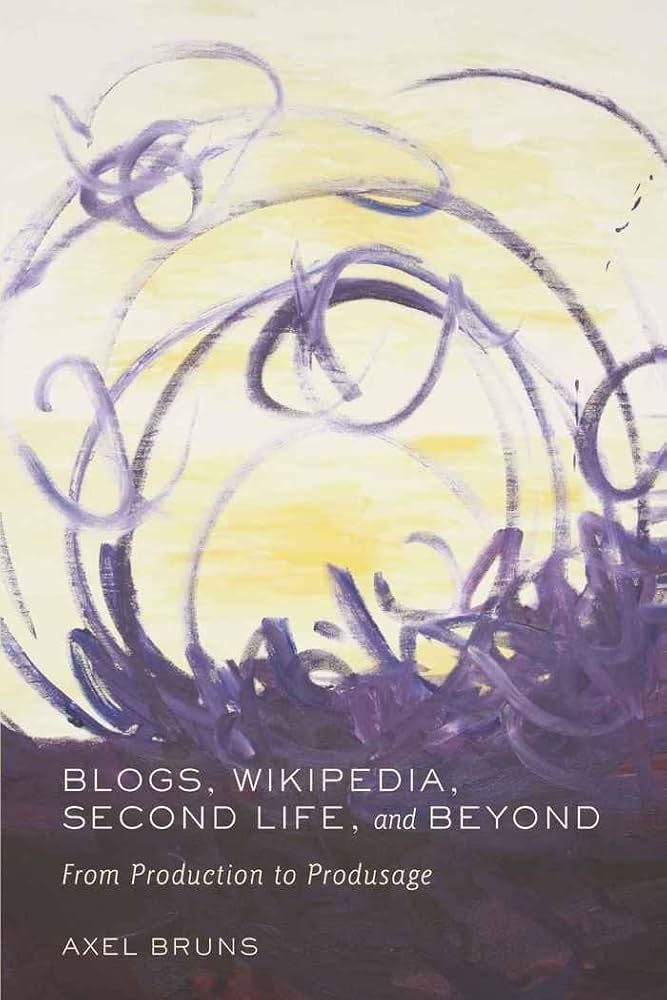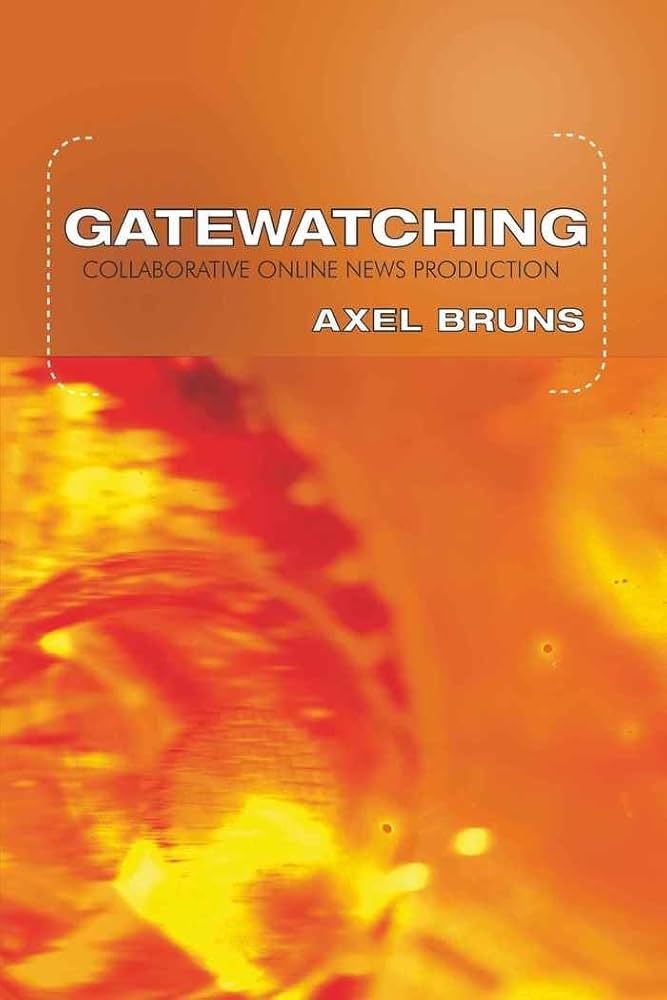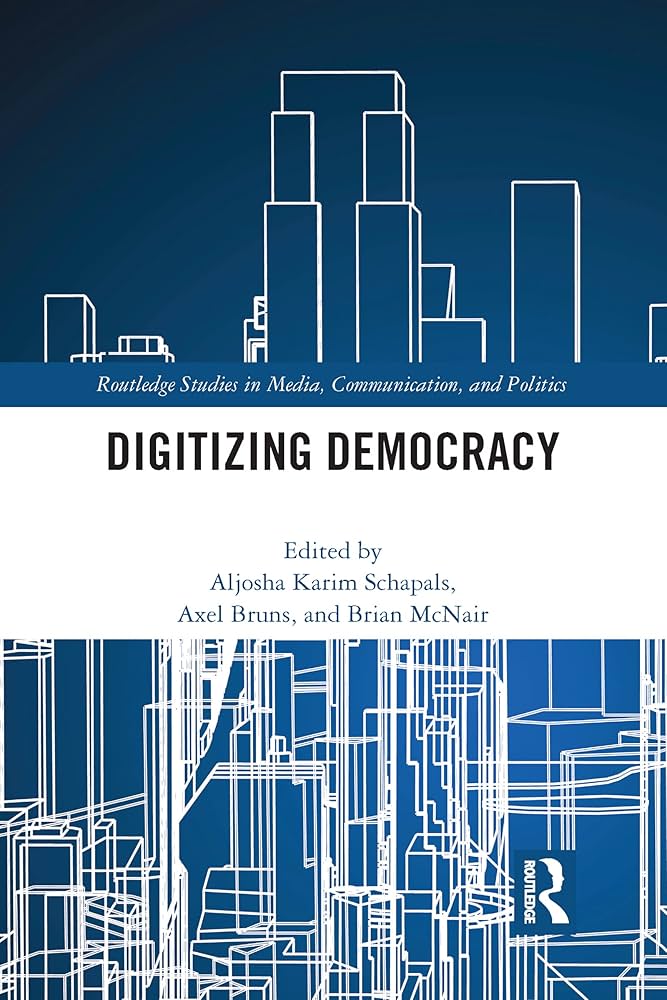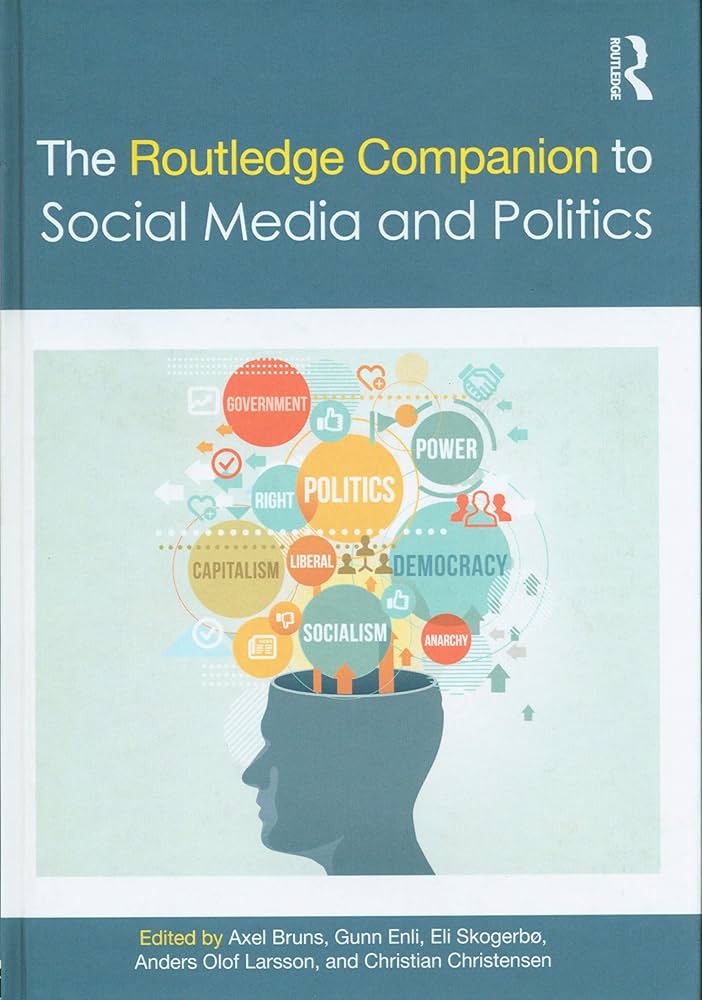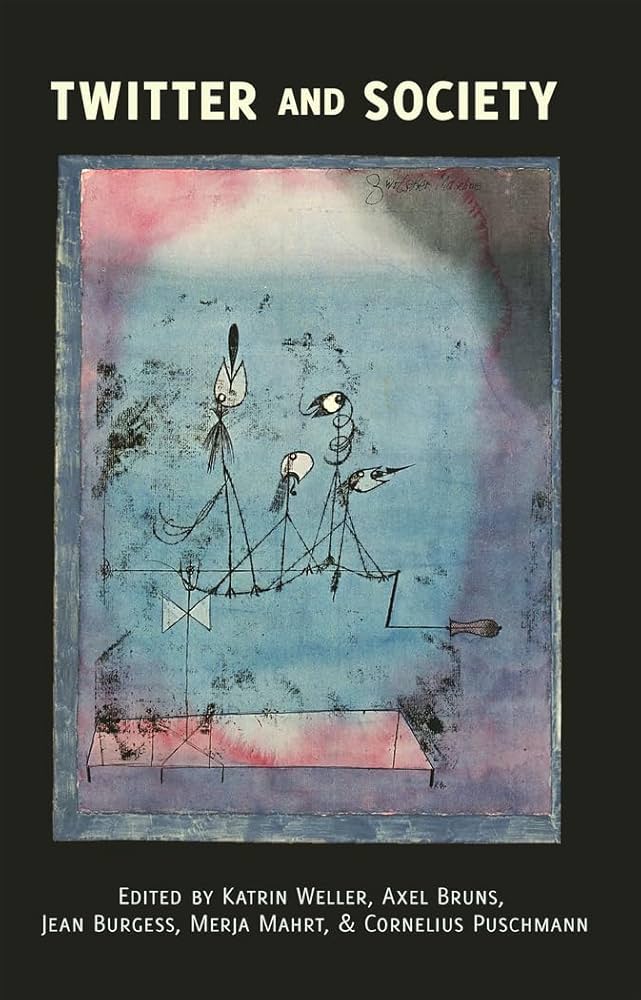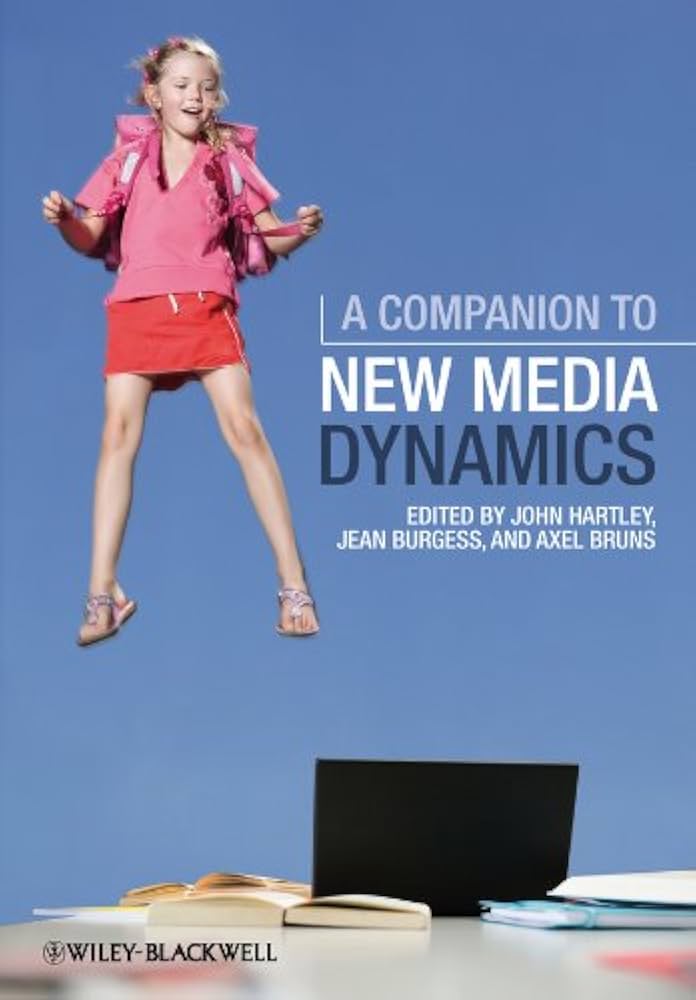The final speaker in this session at the ZeMKI 20th anniversary conference in Bremen is Stef Aupers, focussing on online conspiracy theories. These are not individual, but collectively shared, discussed, and shaped on social media. Existing research often focusses on platforms conspiracism, emphasising the role of technological features and platform affordances; what is much less frequently examined are the active and collective meaning-making practices through which groups of conspiracy theorists construct their online social identities.
This represents a participatory conspiracy culture which enables the social construction of identity; it performs boundary work through which conspiracist communities define and policy the distinctions between in- and out-groups. Such symbolic boundary work is multi-dimensional and open-ended, and expressed online through communication and discourse.
The focus of the present paper is especially on the ‘Great Reset’ conspiracy theory, claiming that the World Economic Forum is leading a global initiative to create a new world order; it examines this conspiracist group across six social media platforms (Facebook, YouTube, Instagram, Xitter, Reddit, and TikTok) and explores some 560 posts addressing the conspiracy theory.
Posts represent a mindset of anti-institutionalism that pits the ‘deep state’ against ‘the people’ and worries about digital surveillance, ecological policies, and a media brainwash, but this also splits into two subsets: a secular-libertarian worldview which worries about the central control of policy by a global elite, and a religious-Christian worldview which sees such supposed developments as signs pointing to the impending ‘end times’. These two groups exist in a situational alliance within the conspiracy community.
Their in-group is constructed by reclaiming the stigmatised label of ‘conspiracy theorist’ by calling themselves ‘truth seekers’, ‘critical thinkers’, and ‘researchers’, and by practicing affective solidarity with each other (for example over the cost of living), to the exclusion of more distant others (e.g. victims of war in Ukraine). Conversely, the out-group is othered both as an ‘evil power elite’ at the leadership level, and as ignorant ‘sheeple’ at the mainstream societal level.
Conspiracists are thus connected by suspicion, form situational alliances even across very disparate groups of participants, practice affective solidarity with each other, and thereby consolidate in- and out-group identities. This can be observed online, but most likely occurs in similar ways offline that deserve more critical attention from researchers as well.




